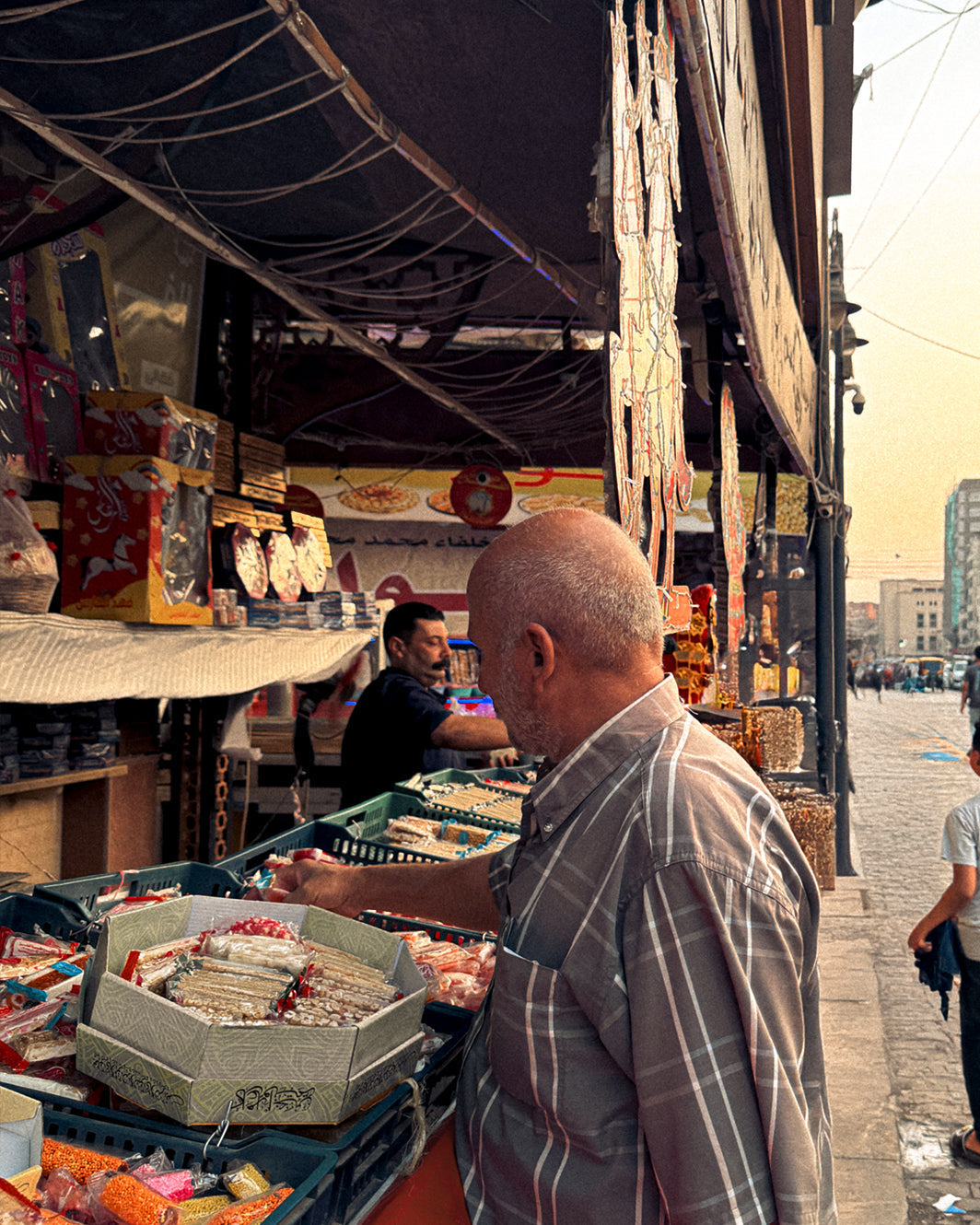Where the Story Begins
Every year, Egypt celebrates the Prophet’s Birthday (Mawlid al-Nabi) with one of its sweetest traditions: Halawet El Mouled. More than just candy, it’s a story of history, heritage, and community.
The Origins
The tradition of Halawet El Mouled dates back to the Fatimid era, over a thousand years ago. During the Prophet’s Birthday, rulers organized grand festivals in Cairo filled with music, lights, and sweets. Sugar was considered a luxury at the time, so sharing it with the people was a way to spread joy and blessings.

The Famous Sweets
Halawet El Mouled comes in many forms—
-
Simsimiya (sesame bars)
-
Foulia (peanut bars)
-
Hommosia (chickpea sweets)
-
Malban (soft jelly, sometimes filled with nuts)
Each piece carries the flavor of celebration and tradition.

Aroset el Mouled: The Candy Doll
Perhaps the most iconic symbol is Aroset El Mouled—the candy doll once sculpted from sugar and dressed in colorful paper. Girls received the doll, while boys received sugar horses, symbols of beauty and bravery. Although today most dolls are made of plastic or fabric, the cultural meaning remains alive.

From Past to Present
Over time, Halawet El Mouled became part of every Egyptian household. Families buy boxes of sweets, exchange them as gifts, and gather around them to celebrate. Even though recipes and forms have evolved, the spirit of joy, heritage, and togetherness continues to this day.

Conclusion
Halawet el Mouled is more than a treat—it’s a story that connects generations. Whether you grew up waiting for the doll, the horse, or your favorite nut bar, the tradition is a reminder of Egypt’s rich cultural heritage.





Leave a comment